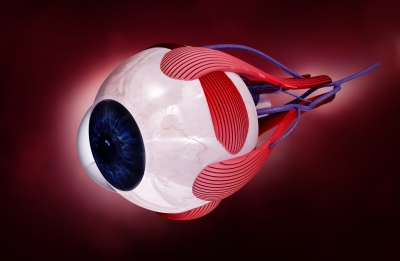
In April this year Angelina Jolie had both her breasts removed because she had a mutation in a BRCA (tumour suppressor) gene. Jolie’s genetic mutation meant that she had five times the risk of contracting breast cancer and significantly increased risks for other cancers. The good news is that it is a rare mutation (responsible for less than 5% of all breast cancer cases). The bad news is that we are being force-fed a substance which disables the BRCA defence system for the whole population.
We need fully functioning BRCA genes because oxidation is a critical part of the biochemistry that keeps us alive. This oxidation inevitably results in reactive by-products which have the potential to cause DNA damage leading to cancerous mutations. Even when we are perfectly healthy, each of our cells is fighting offhundreds of hits a day from oxidative damage to DNA.
But we are well equipped to deal with normal levels of oxidation. We come complete with our own little fire-brigade (antioxidants) and our own little repair crews (proteins created by BRCA genes) to run around patching up the fire damage. Angelina’s repair crews were disabled which is why her risk of cancer was so high. But people with that problem are a very small part of the cancer tsunami that is engulfing us.
Breast cancer is the most common cancer in Australian women and the numbers being affected continue to accelerate at an extraordinary rate. Today 40 women will be diagnosed with disease. Tomorrow another 40 will be added to the list. By 2020 that number will be closer to 50 a day. But this is not happening because of an explosion in BRCA mutations like Jolie’s. This is happening because people with perfectly functional BRCA genes and antioxidant defences are having them disabled by seed oils.
Omega-6 fat dominates oils extracted from seeds (such as Sunflower, Canola, Soybean and Ricebran oils). And we know for certain that, in rats, dietary Omega-6 fats rapidly accelerate the growth and spread of breast cancers. In humans, study after study is coming to the same conclusion. Higher Omega-6 fat consumption usually doubles the risk of breast cancer. That’s true in the US (80% increased risk), Sweden(83%), Mexico(92%), Israel(100%), China(106%), France(131%), and Singapore(145%).
And it’s not just breast cancer. A randomized controlled trialin US men reported a near doubling in deaths from all cancers in the group that consumed 15% of their diet as Omega-6 fats when compared to a control group that only consumed 5%. And a similar study in France showed that when the trial group reduced their Omega-6 fats (from 5.3% of calories to 3.6%), cancer rates were also reduced (by 61%).
Before you tell me you’re ok because you always cook in olive oil, you should know that the oil we add is a very small part of the fat we actually consume. Seed oils are much cheaper than animal or fruit fats (such as Olive, Avocado or Coconut Oils). Because of this, they are now an integral part of margarine and baked goods and bread and salad dressings and pestos and meal bases and frozen food and, well, every other product (with a label) in our supermarkets.
It is also increasingly a significant component of grain fed meat (most of the meat in a supermarket) and even farmed fish (most of the fish in a supermarket). And it is just about the only fat used to fry take-awayfood in 21st century Australia. In other words, it is almost impossible to avoid unless you grow and assemble your own food.
Clearly those dispensing healthy eating advice find the evidence on seed oils unconvincing (or are wilfully ignorant of it), because they are actively advising us to increase our consumption of these lethal fats. But when I see trials which show causation in other mammals, backed up by repeated and consistent human population studies and nailed down with randomized controlled human trials, I’m convinced.
I know there is a lot of money at stake here. Removing seed oils from the food supply would devastate the processed food industry overnight. Fortunes would be destroyed and our food supply would need to be fundamentally rebuilt. But I’d much rather see a few corporate empires burn than see one more woman diagnosed with breast cancer because it was cheaper to use seed oils than traditional fats.
Photo: Georges Biard [CC-BY-SA-3.0 (http://creativecommons.org/licenses/by-sa/3.0)], via Wikimedia Commons














Recent Comments